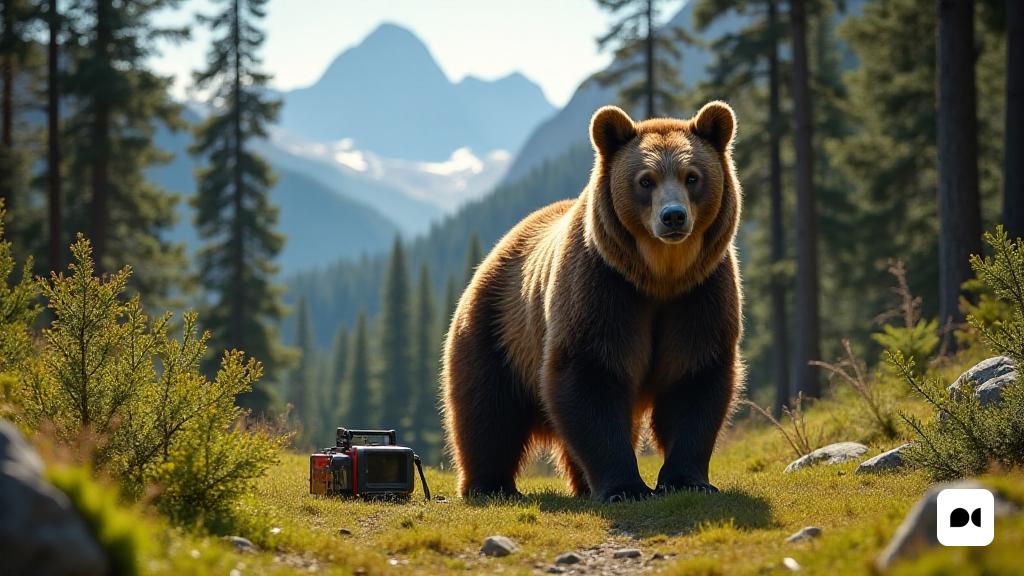Unicon of the Pyrenean fauna
Nere, the oldest documented brown bear in the Pyrenees, has recently been observed in the Val d’Aran, reaffirming its presence in the region. At the age of 28, this plantigrade, born in the winter of 1997, has been a key element in the conservation and growth of the bone population in the mountain range.
Contribution to genetic diversity
Experts consider Nere to be essential for the future of the species, since he has been contributing eight offspring since 2004, including three recently with the Bambou OSA. Its influence has been perceived as a vital for genetic diversification, especially in a period when other individuals, such as the Pyros bear, had dominated reproduction.
A worrying increase
Recently, the cross -border bearing group of the brown bear has reported that the bone population in the Pyrenees has reached about a hundred, a figure that has doubled in just six years. Catalonia, in particular, has experienced significant growth in its bone population, with 47 specimens, most of which are in the Val d’Aran and Pallars Sobirà.
Reactions of the local community
However, this increase has led to a negative reaction between local ranchers, who consider coexistence with the bones to be unviable. Many of them have expressed their frustration for protecting their livestock from plantigrade attacks, which often cause severe damage to livestock farms.
L’ombra del Passat: the mortal of Cachou
On the other hand, the case of Cachou, another brown bear who was found dead five years ago in the area of Les, continues to be unresolved. It is expected that the judgment that examines the circumstances of his death, attributed to poisoning, will be carried out soon. This incident has highlighted the tensions between the protection of wildlife and the interests of livestock.
Expectations for the future
With the population of increasing bones, it will be essential to find a balance between the conservation of the species and the needs of the local community. The management of natural resources and the implementation of measures that protect both animals and livestock farmers will be key to guaranteeing coexistence in this region rich in biodiversity.

